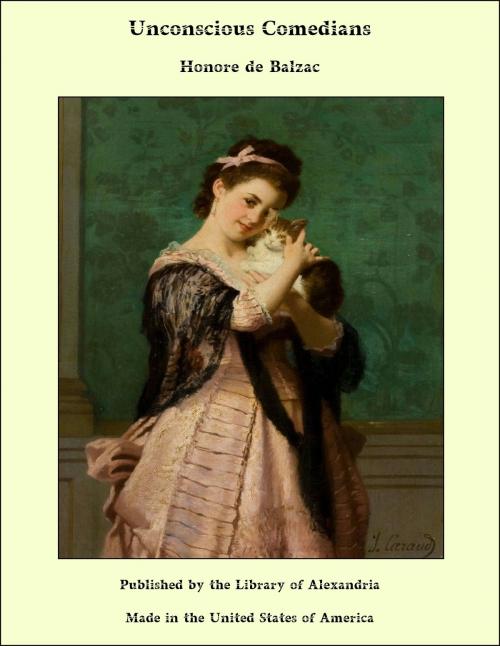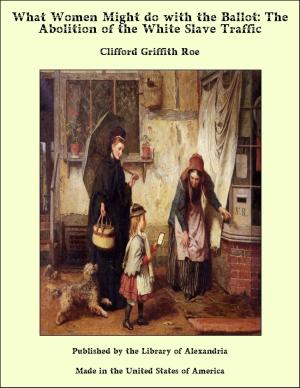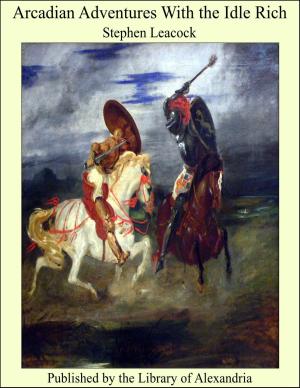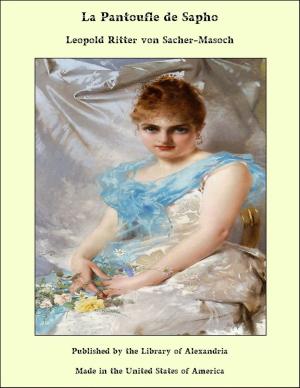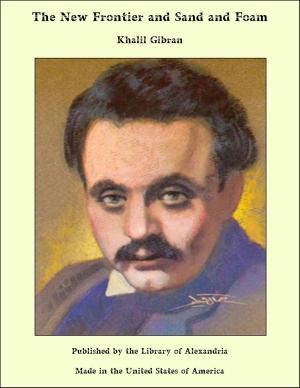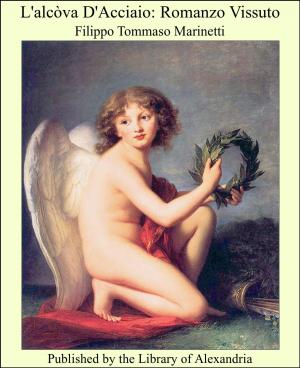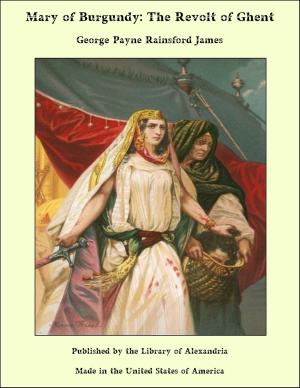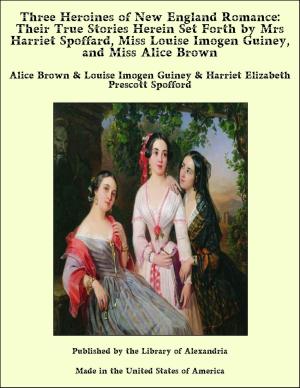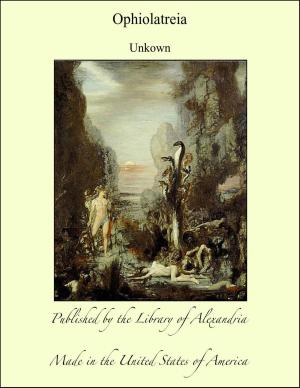| Author: | Honore de Balzac | ISBN: | 9781613100622 |
| Publisher: | Library of Alexandria | Publication: | March 8, 2015 |
| Imprint: | Language: | English |
| Author: | Honore de Balzac |
| ISBN: | 9781613100622 |
| Publisher: | Library of Alexandria |
| Publication: | March 8, 2015 |
| Imprint: | |
| Language: | English |
Leon de Lora, our celebrated landscape painter, belongs to one of the noblest families of the Roussillon (Spanish originally) which, although distinguished for the antiquity of its race, has been doomed for a century to the proverbial poverty of hidalgos. Coming, light-footed, to Paris from the department of the Eastern Pyrenees, with the sum of eleven francs in his pocket for all viaticum, he had in some degree forgotten the miseries and privations of his childhood and his family amid the other privations and miseries which are never lacking to "rapins," whose whole fortune consists of intrepid vocation. Later, the cares of fame and those of success were other causes of forgetfulness. If you have followed the capricious and meandering course of these studies, perhaps you will remember Mistigris, Schinner's pupil, one of the heroes of "A Start in Life" (Scenes from Private Life), and his brief apparitions in other Scenes. In 1845, this landscape painter, emulator of the Hobbemas, Ruysdaels, and Lorraines, resembles no more the shabby, frisky rapin whom we then knew. Now an illustrious man, he owns a charming house in the rue de Berlin, not far from the hotel de Brambourg, where his friend Brideau lives, and quite close to the house of Schinner, his early master. He is a member of the Institute and an officer of the Legion of honor; he is thirty-six years old, has an income of twenty thousand francs from the Funds, his pictures sell for their weight in gold, and (what seems to him more extraordinary than the invitations he receives occasionally to court balls) his name and fame, mentioned so often for the last sixteen years by the press of Europe, has at last penetrated to the valley of the Eastern Pyrenees, where vegetate three veritable Loras: his father, his eldest brother, and an old paternal aunt, Mademoiselle Urraca y Lora.
Leon de Lora, our celebrated landscape painter, belongs to one of the noblest families of the Roussillon (Spanish originally) which, although distinguished for the antiquity of its race, has been doomed for a century to the proverbial poverty of hidalgos. Coming, light-footed, to Paris from the department of the Eastern Pyrenees, with the sum of eleven francs in his pocket for all viaticum, he had in some degree forgotten the miseries and privations of his childhood and his family amid the other privations and miseries which are never lacking to "rapins," whose whole fortune consists of intrepid vocation. Later, the cares of fame and those of success were other causes of forgetfulness. If you have followed the capricious and meandering course of these studies, perhaps you will remember Mistigris, Schinner's pupil, one of the heroes of "A Start in Life" (Scenes from Private Life), and his brief apparitions in other Scenes. In 1845, this landscape painter, emulator of the Hobbemas, Ruysdaels, and Lorraines, resembles no more the shabby, frisky rapin whom we then knew. Now an illustrious man, he owns a charming house in the rue de Berlin, not far from the hotel de Brambourg, where his friend Brideau lives, and quite close to the house of Schinner, his early master. He is a member of the Institute and an officer of the Legion of honor; he is thirty-six years old, has an income of twenty thousand francs from the Funds, his pictures sell for their weight in gold, and (what seems to him more extraordinary than the invitations he receives occasionally to court balls) his name and fame, mentioned so often for the last sixteen years by the press of Europe, has at last penetrated to the valley of the Eastern Pyrenees, where vegetate three veritable Loras: his father, his eldest brother, and an old paternal aunt, Mademoiselle Urraca y Lora.
